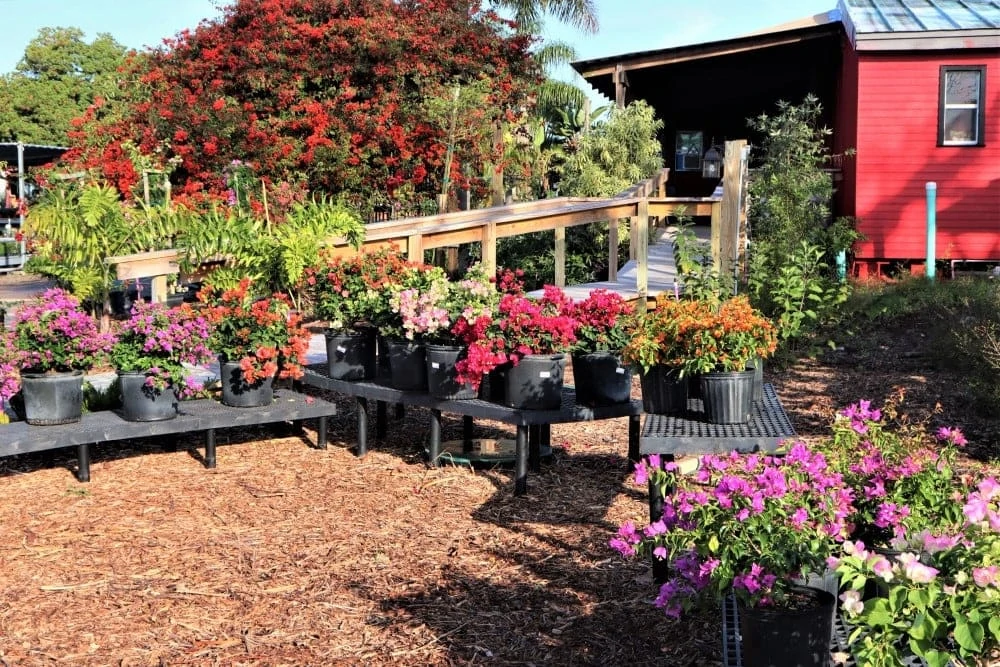by Amanda Rose Newton
As much as garden enthusiasts love plant life, it’s doubtful that thorns rate high on anyone’s favorite list. While irritating and sometimes all-out painful, thorns are a fascinating adaptation that has helped plants become the successful powerhouses they are.
Thorns are just one name for the sharp projections produced by plants, with prickles and spines being more common. Read on to find out what separates a thorn from a prickle and how best to manage these precarious plants all year long.
Thorns
We use the word ‘thorn’ to describe just about any sharp projection coming from a plant. Botanically speaking, it is a modified branch!
Originally, these would have been smaller branches leading off the main branch. Over time, plants evolved these large projections to ensure herbivores that would have loved to munch on their foliage keep on walking by.

Plants with Thorns: Pyracantha, Bougainvilla, Citrus
Prickles
Most of what we consider to be thorns are prickles. Prickles are another plant modification, this time arising from plant tissue layers directly on the stem. Brace yourself– this means that roses have prickles NOT thorns!
While it sounds less menacing than a thorn, anyone who has accidentally grabbed a rose has lived to regret it. The scary-looking spines on the sweet acacia are also prickles.

Plants with Prickles: Roses, Blackberries, Raspberries, Sweet Acacia
Spines
Smaller than a prickle or a thorn, a spine is a modified leaf or “stipule”. Stipules are the little leaves you see, usually in pairs, directly under the bigger leaf. This modification serves plants in more ways than one.
In addition to offering protection from herbivores, it reduces water loss, which is important for surviving severely dry terrain like deserts. Cacti and many succulents feature this modification.
While photosynthesis– the process plants use to make the sugar they need to fuel their daily lives– usually takes place in the leaves, cacti are able to keep on trucking by using their stem tissue instead.
Some plants have modified their leaves to have spines only at the edges, which is what you see when examining a holly leaf.

Plants with spines: Cacti, succulents, hollies
Trichomes
An honorable mention goes to trichomes, which are hair-like projections arising from various plant tissue. These also can make plants less palatable to herbivores, but also add the ability for plants to pick up sensory cues from the environment.
Plants with trichomes: bromeliads, air plants
Managing Thorny Plants
When landscaping with thorny plants, most are planted best in the background, out of the way of pets, where they could be daily hazards. That being said, they can work wonders for security, and oftentimes people will plant them underneath windows or along property borders to dissuade unwanted guests.
When planting or maintaining, make sure to wear protective gear, including long pants, closed-toed shoes, and thick gloves.
Be sure to keep them trimmed at a reasonable height and width to ensure they stay garden-friendly and to keep flowers going all season long.
While we often do not think about it, thorns, prickles, and spines add a dimension to the landscape that can be a visual focal point. When placed in the correct area, they can enhance, not take away from, the beauty of your yard.
Just remember: every rose has its prickle.
This week, get “pricked” for a good cause! Consider donating blood via the Blood Bus!


